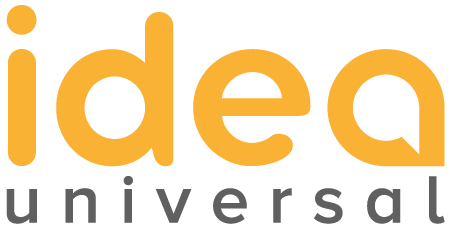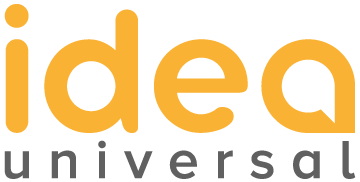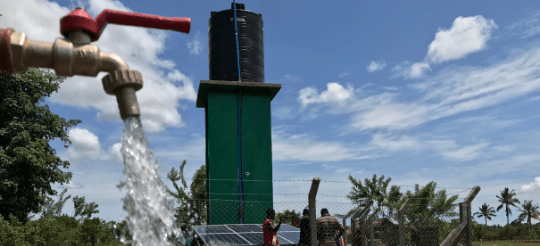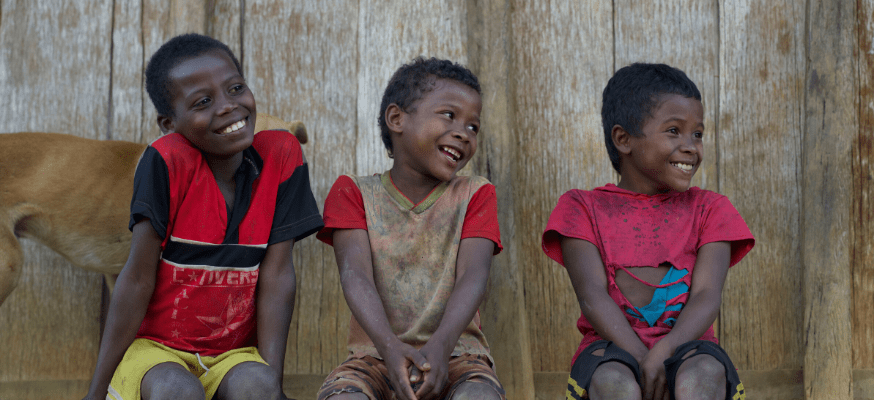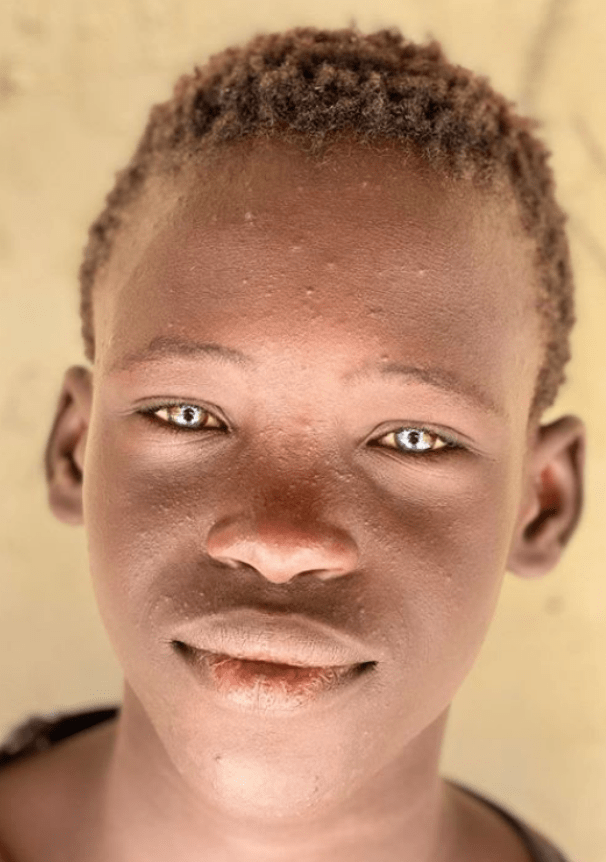A year ago, Matu and his village, which were fed only one meal a day and rice only, now have a large agricultural area. In this agricultural field, they can grow many vegetables and fruits, from tomatoes to peppers. The variety of nutrients entering their bodies is increasing, so they also increase their resistance to diseases, and they can sell their excess products in the market and earn income. In other words, Matu and his village continue their lives without needing anybody.
Sustainable Agriculture
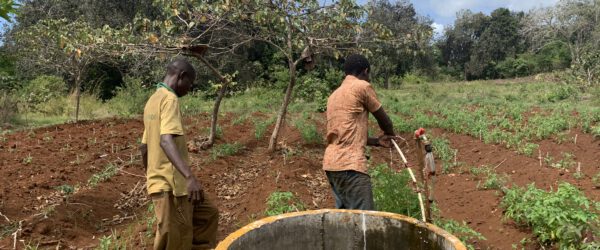
815 million people around the world face hunger because of the global climate crisis, extreme poverty, drought, and violence. Malnutrition and polluted water push millions of people in the grip of epidemics such as cholera measles, especially in Africa. Children cannot complete their development because they do not get enough nutrients. The one-time food aids made, rather than solving the problem, accustom people to addiction.
In underdeveloped countries, 78 of the population make their living by making small farming. Small farmers are also the poorest part of society. This extremely poor population, who lives below $ 1 a day, is most affected by factors such as drought and climate change.
How to Solve Hunger Crisis?
As IDEA Universal Association, we support seed banking, smart irrigation systems, sustainable agriculture training and environmentally friendly production in the poorest villages in our “Smart Villages” model.
Thanks to the solar water distribution system we built, the villages that have reached clean water can also use the water source in the newly developed common agricultural area. Villagers who have the opportunity to produce with water for 12 months can grow healthy crops thanks to the local seed bank we have launched. They increase the productivity of the product taken from the land with their 36-hour, efficient use of water, natural pest control, natural fertilizer production, permaculture principles training. Thus, while they can reach the healthy food they need, they can earn income by selling excess production. The villagers spend 66% of their income on the education costs of the children. Thus, we lead the establishment of villages that stand on their own feet and begin to transform their surroundings.
For more check out “Smart Village” Project.
7 COUNTRIES
+250 VILLAGES
+500.000 PEOPLE
+2.000 PROJECT
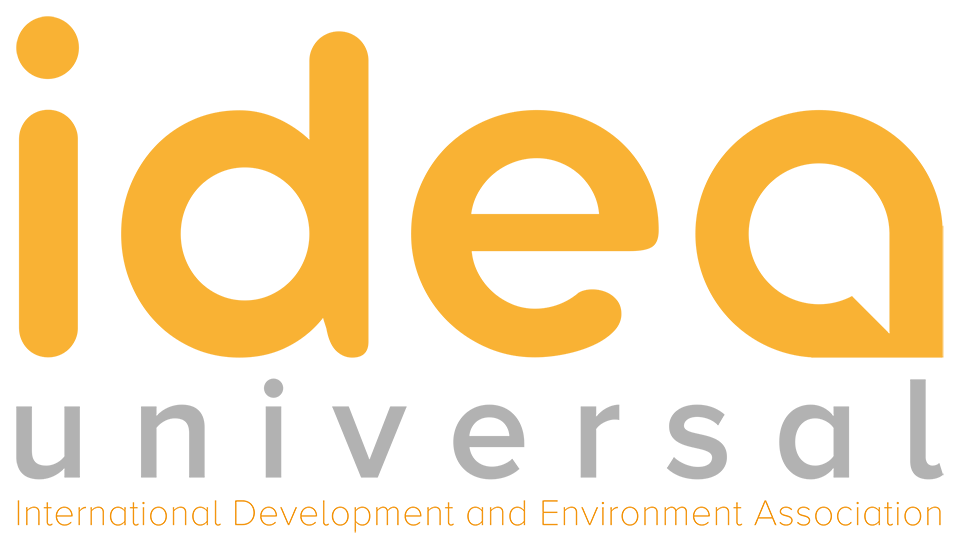
IDEA Universal (International Association for Development and Environment) is a transparent and independent non-profit organization founded in 2017. Continuously creating developmental programs in Turkey, Africa and Asia. Relentlessly working nonstop to transform the lives of hundreds of thousands of people and counting. File number: #34-237-193
GET INSPIRED
Transformation stories get to your email every month.
CONTACT
©2021 IDEA Universal (International Development and Environment Association) | Privacy Policy

